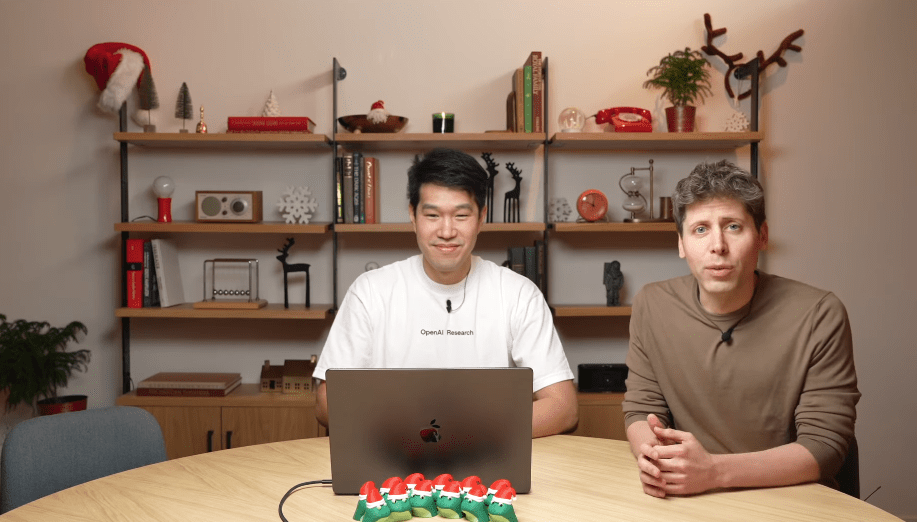- OpenAI announced the upcoming o3 and o3-mini AI models.
- The new models are improved “reasoning” AI models that are based on the o1 and o1-mini models released this year.
- Both models handily outperform existing AI models and will be rolled out in the coming months.
The final day of the 12 Days of OpenAI brought back OpenAI CEO Sam Altman to show off a new set of AI models coming in the new year. The o3 and o3-mini models are improved versions of the relatively new o1 and o1-mini models. They are designed to think before speaking, reasoning their responses. The mini version is smaller and more geared toward performing a limited set of specific tasks but with the same focus.
OpenAI sees it as a big step towards artificial general intelligence (AGI), which is a pretty bold claim for what is, in some ways, a slight improvement on an already powerful model. You may have noticed that there is a missing number between the current o1 model and the upcoming o3 model. According to Altman, this is because OpenAI wants to avoid any confusion with the British telecommunications company O2.
So what makes o3 special? Unlike usual AI models that give answers quickly, o3 needs a little time to reason things out. This “private chain of thought” allows the model to check itself before responding, helping it avoid some of the classic AI mistakes, like confidently throwing out incorrect answers. This extra time to think may slow o3 down, even if just a little, but the payoff is greater accuracy, especially in areas like math, science, and coding.
A great aspect of the new models is that you can fit in that extra time to think manually. If you are in a hurry, you can set it to “low compute” for quick responses. But if you want top-notch reasoning, put it on “high calculus” and give it a little more time to reflect. In testing, the o3 easily outperformed its predecessor.
This isn’t exactly AGI; o3 cannot replace humans in every way. It also falls short of OpenAI’s definition of AGI, which describes models that outperform humans on the most economically valuable projects. Still, if OpenAI reaches that goal, things will get interesting for its partnership with Microsoft, as that would end OpenAI’s obligation to give Microsoft exclusive access to the most advanced AI models.
New year, new models.
At this time, o3 and its mini counterpart are not available to everyone. OpenAI is giving security researchers a sneak peek through Copilot Labs, and the rest of us can expect the o3-mini model to go on sale in late January, followed by the full o3 shortly after. It’s a careful and measured release, which makes sense given the kind of power and complexity we’re talking about here.
Still, o3 gives us an idea of where things are headed: an AI that not only generates content but actually analyzes problems. Whether it leads to AGI or not, it’s clear that smarter, reasoning-based AI is the next frontier. For now, we’ll have to wait and see if o3 lives up to the hype or if this latest gift from OpenAI is just a lump of coal in disguise.




